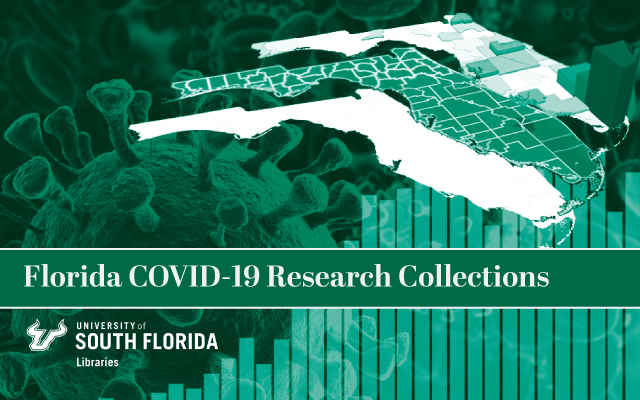
All publications
Document Type
Article
Publication Date
2020
Keywords
Bayes Theorem, British Columbia, COVID-19, Humans, Models, Biological, Physical Distancing
DOI
https://doi.org/10.1371/journal.pcbi.1008274
Abstract
Extensive non-pharmaceutical and physical distancing measures are currently the primary interventions against coronavirus disease 2019 (COVID-19) worldwide. It is therefore urgent to estimate the impact such measures are having. We introduce a Bayesian epidemiological model in which a proportion of individuals are willing and able to participate in distancing, with the timing of distancing measures informed by survey data on attitudes to distancing and COVID-19. We fit our model to reported COVID-19 cases in British Columbia (BC), Canada, and five other jurisdictions, using an observation model that accounts for both underestimation and the delay between symptom onset and reporting. We estimated the impact that physical distancing (social distancing) has had on the contact rate and examined the projected impact of relaxing distancing measures. We found that, as of April 11 2020, distancing had a strong impact in BC, consistent with declines in reported cases and in hospitalization and intensive care unit numbers; individuals practising physical distancing experienced approximately 0.22 (0.11-0.34 90% CI [credible interval]) of their normal contact rate. The threshold above which prevalence was expected to grow was 0.55. We define the "contact ratio" to be the ratio of the estimated contact rate to the threshold rate at which cases are expected to grow; we estimated this contact ratio to be 0.40 (0.19-0.60) in BC. We developed an R package 'covidseir' to make our model available, and used it to quantify the impact of distancing in five additional jurisdictions. As of May 7, 2020, we estimated that New Zealand was well below its threshold value (contact ratio of 0.22 [0.11-0.34]), New York (0.60 [0.43-0.74]), Washington (0.84 [0.79-0.90]) and Florida (0.86 [0.76-0.96]) were progressively closer to theirs yet still below, but California (1.15 [1.07-1.23]) was above its threshold overall, with cases still rising. Accordingly, we found that BC, New Zealand, and New York may have had more room to relax distancing measures than the other jurisdictions, though this would need to be done cautiously and with total case volumes in mind. Our projections indicate that intermittent distancing measures-if sufficiently strong and robustly followed-could control COVID-19 transmission. This approach provides a useful tool for jurisdictions to monitor and assess current levels of distancing relative to their threshold, which will continue to be essential through subsequent waves of this pandemic.
Rights Information

This work is licensed under a Creative Commons Attribution 4.0 License.
Citation / Publisher Attribution
PLoS Computational Biology, v. 16, issue 12, art. e1008274
Scholar Commons Citation
Anderson, Sean C.; Edwards, Andrew M.; Yerlanov, Madi; Mulberry, Nicola; Stockdale, Jessica E.; Iyaniwura, Sarafa A.; Falcao, Rebeca C.; Otterstatter, Michael C.; Irvine, Michael A.; Janjua, Naveed Z.; Coombs, Daniel; and Colijn, Caroline, "Quantifying the Impact of COVID-19 Control Measures Using a Bayesian Model of Physical Distancing" (2020). All publications. 17.
https://digitalcommons.usf.edu/usf_fcrc_all/17

